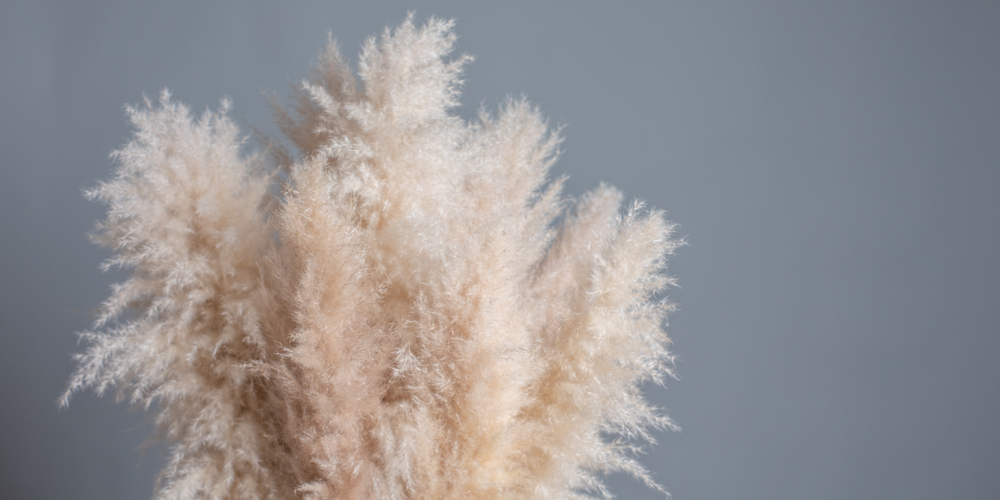Pampas grass is an excellent ornamental to add a taste of jungle to your garden. Its characteristic plumes add density and texture to your yard. But what about in colder regions? Could you grow pampas grass in the northern parts of the countries where temperatures fall lower? In this “Pampas Grass Zone 4” essential guide, we’ll go over the answer to that question.
The truth is that you might have some problems growing pampas grass in zone 4, especially during the colder months of the year. Still, you can try hardy pampas grass, which tolerates low temperature better than any other type (more on this later).
Pampas Grass Zone 4
When the wind blows, the effect is dramatic and attractive. Incredibly popular in the 1970s, pampas grass is recently making a come back to the trendy scene. The original plant is native to Brazil and only hardy between zones 8 and 12.
Pampas grass is an ornamental that can grow between six to ten feet in height and five to six feet in width. While some states (like California) consider it an invasive species, you can safely grow it in most areas. The plant needs full sun to thrive: place it somewhere it gets at least six hours of sunlight every day.
You can use it as a screen or ground cover. However, avoid moist soil: these plants prefer dry environments and well-draining grounds. When planting your pampas grass, dig a hole deep at the root ball. Place your plant inside, fill it with soil, and add plenty of water.
For a more dramatic effect, consider planting more than one species: add two to five individuals to create an attractive border. These plants grow fast: don’t forget to space them at least five feet apart to allow them adequate space for growing.
As the plant establishes, you should reduce watering frequency. To boost flower production from late summer to fall, fertilize your pampas grass in the early spring.
One of the best things about these plants is that they are relatively easy to grow and require little maintenance. They are free of pests and diseases. However, they won’t survive in wet environments: if you can’t ensure you place them somewhere dry, do not plant pampas grass in your garden.
Pampas Grass Care
There are several varieties of pampas grasses. Those that fall under the category of “true pampas grasses” can only thrive between hardiness zones 6 and 9. However, you can find hardy varieties that withstand cold temperatures. If you live in zone 4, the only species that might give you a satisfactory result is the Japanese Maiden Grass. Even if it is not properly a “true pampas,” its aesthetics and characteristics are similar.
Japanese Maiden Grass (Miscanthus Sinensis)
Also known as Japanese Silver Grass or Eulalia, Japanese Maiden Grass is ornamental grass that can make any landscape look more elegant. It features feathery heads that appear between summer and fall. Under ideal conditions, the plant never loses its upright structure.
You can find it in several color shades and heights, and most of them are hardy to zone 4. The plant requires minimal care, but you might have to protect it from harsher winters. Indeed, while hardy, Japanese Maiden Grass does better in warm climates. Don’t forget to add mulch around your plant to regulate the soil temperature and protect it from frost damage.
Place your Japanese Maiden Grass under the full sun for optimal growth. Don’t worry about the soil conditions: this variety adapts to almost anything. Keep in mind that in zone 4, you might have problems having your Japanese Maiden Grass flourish.
Pampas Grass Zone 4: The Bottom Line
As you can see, growing pampas grass in zone 4 can be challenging. Choosing the suitable variety might help you recreate a jungle-like landscape in your garden. But you might have to struggle if your region is susceptible to frequent frosts.
With that said, under ideal conditions, these ornamental plants are relatively easy to grow and will thrive without your help. Try with the variety we recommend and don’t forget to add mulch. Most people overlook this step, but it can make a considerable difference in the development of your plant.

